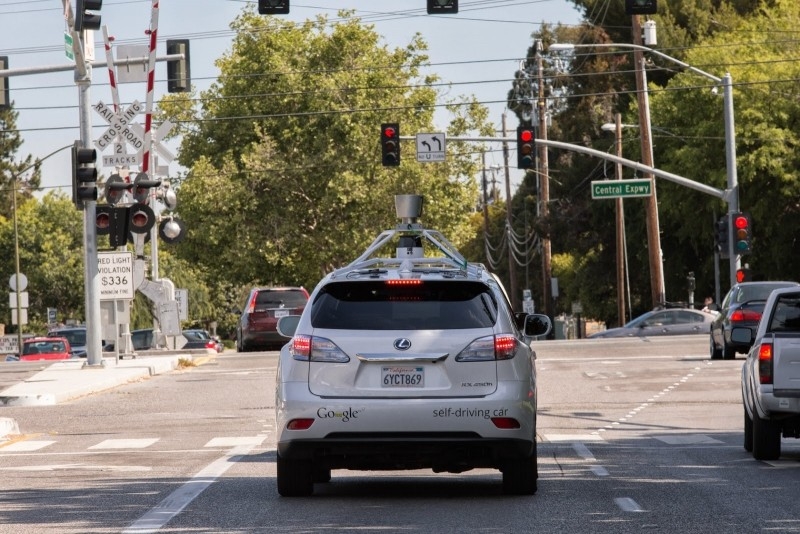Safer commutes are just one of the many benefits self-driving cars will afford their human passengers once they become commonplace on public roadways. The problem that companies like Google are finding out, at least initially, is that autonomous vehicles are a bit too cautious.
Google says the problem isn't so much with the autonomous driving system as it is with human drivers around it. Because the Google car is overly cautious, it tends to assume the worst and apply the brakes when such actions may not be necessary.
These tactics may have an adverse reaction on human drivers, especially when you consider Google's cars have been rear-ended 12 times out of 16 total accidents. The autonomous cars weren't at fault in any of the accidents.
The solution, according to Google's Chris Urmson, is to give the self-driving cars some human-like tendencies.
For example, Google found that its vehicles were making excessively wide turns that would confuse other drives and felt unnatural to human passengers. They've now programmed the cars to make tighter turns that better hit the apex.
In the event a parked car was partially blocking the roadway, Google realized its car would stop in the road indefinitely instead of trying to maneuver around it. This forced the team to make changes that would allow the car to cross over a double yellow line when conditions allowed.
They may be a nuisance to other drivers around Google's headquarters in Mountain View but as you can imagine, it's better to get these sort of kinks worked out not now rather than once they're commercially available.
